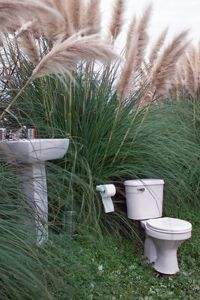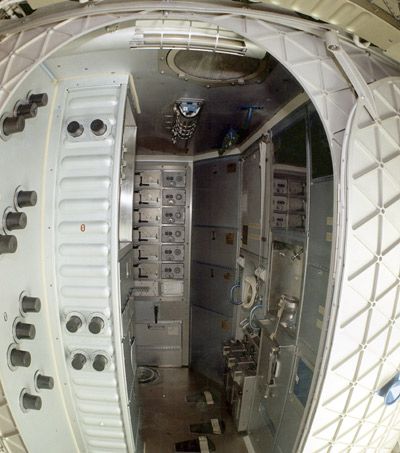Dual flush toilets handle solid and liquid waste differently from standard American style toilets, giving the user a choice of flushes. It's an interactive toilet design that helps conserve water that has caught on quickly in countries where water is in short supply, like Australia, and in areas where water supply and treatment facilities are older or overtaxed. The Environmental Protection Agency (EPA) reports that by the year 2013, an estimated 36 states will experience water shortages as a result of increased water usage and inefficient water management from aging regional infrastructures. Using less water to flush liquid waste makes sense, but in the United States there may be cultural biases that make accepting a more hands-on approach to personal waste harder to accept [source: Safe Plumbing].
For a time, toilets were called necessaries, one in a long line of euphemisms used to describe the business end of handling a simple biological process. One problem is that bodily waste is a delicate topic, so delicate that culture can be as much a factor in affecting change as necessity. Consider the words: defecate, poop and pee. They're not accepted in polite conversation, are they? We keep our bodily functions under wraps, so any changes in our approach to handling them can create culture shock and resistance.
Advertisement
Imagine being in charge of a household that relied on the safe and familiar use of the family outhouse. Now, consider the reaction you may have had when the outhouse moved indoors. Walking the privies, another euphemism for going to the outhouse, might have seemed a more sanitary option than moving personal waste management into your home, yet the bathroom still made its way inside.
Dual flush toilets may be another defining moment in the development of the American john: the introduction of environmental conservation to the process of elimination. Interest in low flow and dual flush toilets is on the rise in the United States, due in part to increased government regulation and the rising cost of water, and there are incentives for making changes in the way we use the commode. In the next sections, we'll see why change may be a good thing, learn more about the specifics of the dual flush and find out how government and business are coming together to help America flush responsibly.
Next up, let's take a closer look at the dual flush toilet's history and popularity around the world.
Advertisement

